T for Technology – Time is of the essence
In the times of ancient Inca of Peru, a Willaq Umu or Chief Priest would have asked the temple assistants to make sure the sacrifices are ready for the offering, by the new moon… at close of business. Carefully planning for the literal deadline, one of the assistants will carefully track the sun and shadows or, when burning the midnight oil, perhaps the stars and celestial movements to determine how much time is left before they might become eventual sacrifice’s themselves for not completing the task at hand in time. Time was kept by making different sized knots on a rope for record keeping. Keeping a calendar, even in those times, was vitally important for planning everyday life.
Luckily, we have civilised. We do not have to rely on knots in a rope to tell the time or how many days is left in a lunar month. We have smart phones and watches that can easily tell us if we will finish in time or not! The way to save us from becoming the sun-god’s sacrifice, is to manage the time we think we have available.
The only way to accurately predict the allotted time available is to plan everything ahead of time. Having meetings, travel agenda’s, training schedules, shopping trips and children’s school events will accurately tell us the size of the shovel we need to dig us out of a particular mess.
There are several tools available to us, thanks to technology, to manage time more effectively. Easily accessible on smart phones and computers and always synchronised across devices and platforms to have information available.
There is a difference between time management skills, techniques, and tools. Having the right tool will be useless if no skills or techniques are applied.

Before we investigate management tools, let us clarify the difference between time management skills, techniques, and tools.
Time management skills are mainly soft skills that can help you manage your time better. The basics are planning, delegating, and prioritising. No apps needed just logic and a firm understanding of the task.
Time management techniques and frameworks are different ways to manage your time. Examples of time management techniques are Getting things done (GTD), Pomodoro timer, Eisenhower matrix. These are methods that was formed from studies conducted and is really worth taking time to study before selecting tools to use.
Time management tools are calendar, note‑taking software, time tracker, specialized time management apps and so on. Every tool addresses your day to day routine and assists in completing tasks that leads to completed projects.
There are five different types of time management tools that you must use and logically combine. On top of these tools you can apply different time management techniques.
- Calendar
- Task manager or project manager
- Time tracker
- Note‑taking
- Habit tracking, distraction prevention tools
Time management tools will assist mostly with:
- Writing down your goals.
- Organizing and scheduling.
- Task Overview with completion dates.
- Task Prioritisation and reminders.
- Time recording.
- Administration like reporting and invoicing
- Coordinating with your team
- Managing meetings better
- Minimizing distractions and focusing better
There are some questions that need answering before selecting your team of fighters (apps) in the time struggle.
One service or many:
Some apps are specialized to do one single thing well and touch on other areas of time management with less enthusiasm.
Software solutions offer many different tools in one, but usually those features might not work as well, meaning they are more basic.
What to choose all depends on your personal needs and preferences. If you want to have everything in one place (tasks, calendar, notes etc.) and you are prepared to make some compromises regarding features and user experience, you can go for a one-point solution.
But if you are a little bit more advanced, you will probably prefer combining a few apps that are really good at one thing and then connect them with a bit of knowledge and a lot of testing to see what works and more importantly what does not.
Mobile generation:
Your MVP (most valuable phone), assistant, friend, and employee of the month (every month) is in your pocket. That means you must make sure the selected time management software does not only have a web or desktop version, but also a nice mobile solution. In practice, you want to make sure that your solution has a native app for iOS and Android.
So, when you are testing software, do not forget to also test the accompanying mobile app and other systems that you might be using. Like an iPad if you are on android and a Windows based computer for example.
Dream Team:
When working on a project with a team, it is important to share tasks, calendars, notes and other bits of information with team members. Doing this automatically within a Time management tool is one less task to have to manage. Also sharing the information only on selected platforms will make your team use the same systems and time management techniques. Your team will be the boardroom equivalent of a Russian Olympic synchronised swimming team.
Recommended tools:
Office365. Now, I know I say this every edition, but Microsoft has some amazing tools for managing your work and personal life, this with a bit of tweaking is a formidable time management. Thus far the most successful mailing system known as Exchange, or Exchange Active Sync on mobile devices, is for me the first step in achieving any sort of time management goal.
Combining email, calendar, tasks, and notes, it accommodates most of the principals needed for effective time management tool. Compatibility with Windows, iOS, and Android will make sure that you have everything synced and available everywhere. Create or edit tasks, notes, draft emails, and calendar entries on any device at any time.
There are several sharing functions for calendar, mail, tasks, and notes available. Further it extends to Microsoft SharePoint, OneNote for advanced note taking, Teams and Projects, OneDrive (for sharing files) giving a whole plethora of tools and features that will exceed your expectations. If you are still using a “normal” IMAP or POP email service… the task is overdue to change. Get in touch with your IT person to assist in making the change.
Office365 subscription is very well priced if you use all the features that is available to you. Other options to look at is Mail suite offered by Google when purchasing the Apps for Business subscription. It competes with Office365 then. Downside is the lack offline capability, google drive, calendar and the useful side of the email sits online and is browser based.
When looking at distraction prevention, this is something I need to get! I have walked a groove between my desk and the fridge just writing this article. The applications available here feeds off the Time Management Techniques explained earlier. There are several Pomodoro Timers available to give you 5-minute breaks every 25 minutes worked. Website blockers is another method, the internet offers plenty of distractions. Forrest and Freedom are two such applications that will keep you off the net and busy in your head.
Habit building can be achieved by using a platform like stickk (stickk.com). It helps you to clearly define goals and then try to complete those goals by signing a contract with yourself. This contract could result in loss of money if you do not reach the goal, you are assigned a referee that will determine if you have completed the goal or not. By sacrificing some financial gains, you are three times as likely to complete your goal.
Most of us sell our time for income. In service industries, failing to plan your time is like sacrificing stock to a sun god, make a plan and stick to it.
